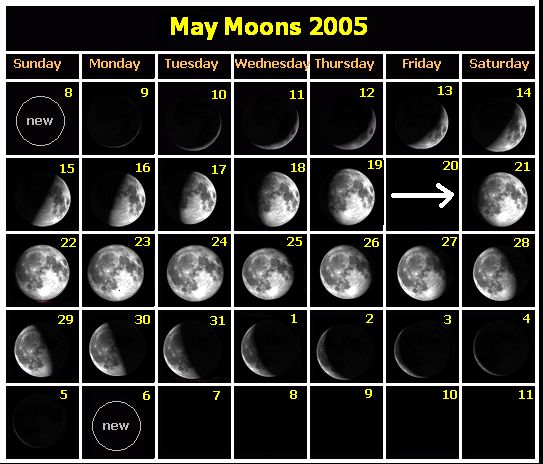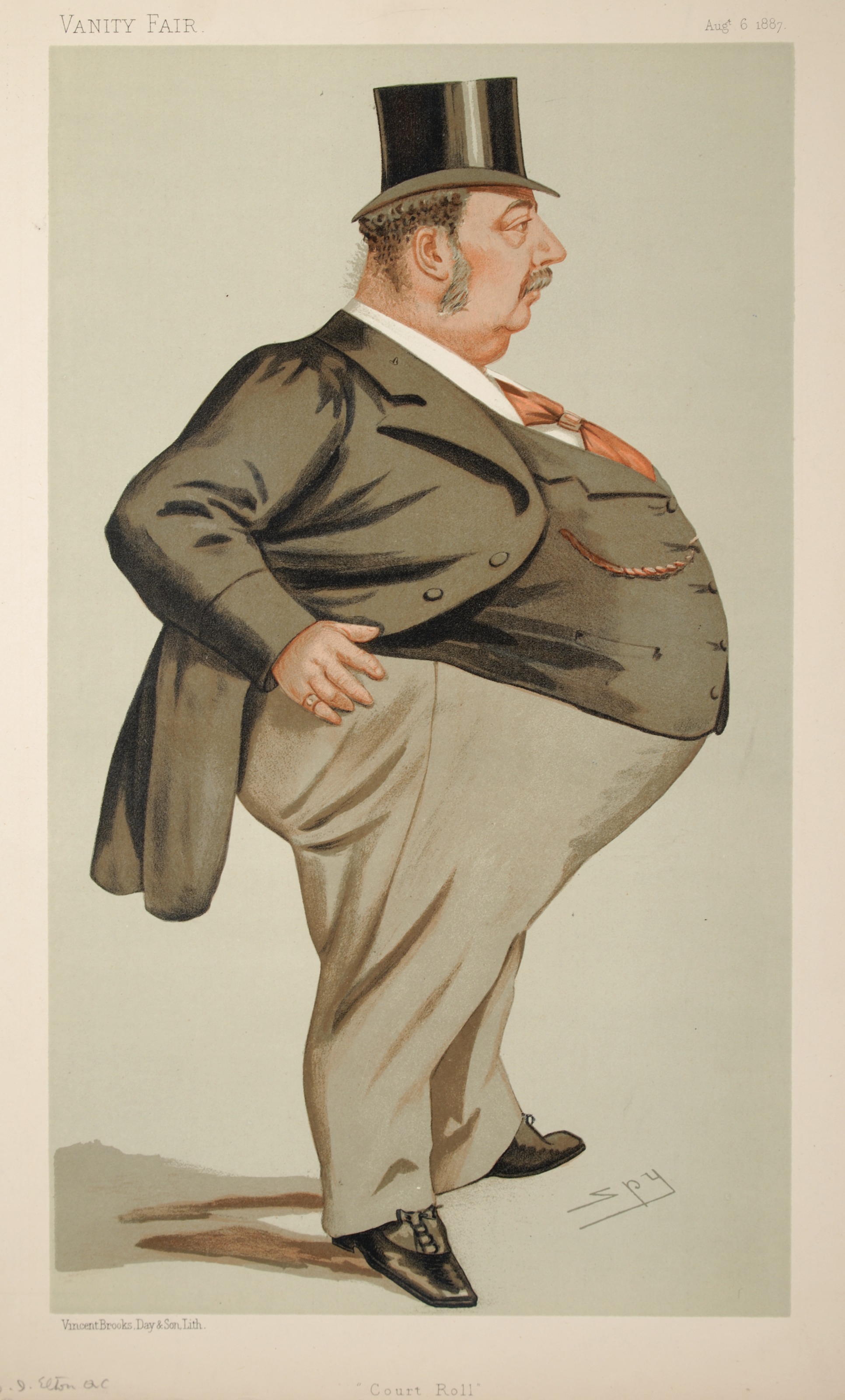|
Need-fire
Need-fire, or Wild-fire (german: Notfeuer, goh, nodfyr, gd, tein'-éigin, russian: Живой огонь) is a term used in folklore to denote a superstition which has survived in the Scottish Highlands until recently. Like the fire-churning still customary in India for kindling the sacrificial fire, the need- or wild-fire is made by the friction of one piece of wood on another, or of a rope upon a stake. Need-fire is a practice of shepherd peoples to ward off disease from their herds and flocks. It is kindled on occasions of special distress, particularly at the outbreak of a murrain, and the cattle are driven through it. Its efficacy is believed to depend on all other fires being extinguished. In one case, the kindling of the need-fire in a village near Quedlinburg was impeded by a night light burning in the parsonage. In another account, in the Highlands of Scotland the rule that all common fires must be previously extinguished applied only to the houses situated between the ... [...More Info...] [...Related Items...] OR: [Wikipedia] [Google] [Baidu] |
Force-fire
The force-fire ( gd, teine-éiginn), or a fire produced by friction, was used in folk magic practice in the Scottish Highlands until the 19th century. Believers considered it an antidote against bewitching, as well as the plague, murrain and all infectious diseases among cattle. In Scotland and elsewhere it is also known as Need-fire or Neatsfire from an old word for cattle retained in the name "neatsfoot oil". Method The Scottish writer Martin Martin described the force-fire's use. According to him, all the fires in the parish were extinguished and 81 married men, being deemed the proper number for effecting this purpose, took two planks of wood, and nine of them were employed by turns, who by their repeated efforts, rubbed the planks together, till the heat thereof produced fire, and from this forced fire, each family was supplied with a new fire. No sooner was the fire kindled than a pot filled with water was afterwards sprinkled on people who had the plague, or on cattle tha ... [...More Info...] [...Related Items...] OR: [Wikipedia] [Google] [Baidu] |
James George Frazer
Sir James George Frazer (; 1 January 1854 – 7 May 1941) was a Scottish social anthropologist and folklorist influential in the early stages of the modern studies of mythology and comparative religion. Personal life He was born on 1 January 1854 in Glasgow, Scotland, the son of Katherine Brown and Daniel F. Frazer, a chemist. Frazer attended school at Springfield Academy and Larchfield Academy in Helensburgh. He studied at the University of Glasgow and Trinity College, Cambridge, where he graduated with honours in classics (his dissertation was published years later as ''The Growth of Plato's Ideal Theory'') and remained a Classics Fellow all his life. From Trinity, he went on to study law at the Middle Temple, but never practised. Four times elected to Trinity's Title Alpha Fellowship, he was associated with the college for most of his life, except for the year 1907–1908, spent at the University of Liverpool. He was knighted in 1914, and a public lectureship in social ... [...More Info...] [...Related Items...] OR: [Wikipedia] [Google] [Baidu] |
Charles Isaac Elton
Charles Isaac Elton, QC (6 December 1839 – 23 April 1900) was an English lawyer, antiquary, and politician. He is most famous for being one of the authors of the bestselling book '' The Great Book-Collectors''. He was born in Southampton. Educated at Cheltenham and Balliol College, Oxford, he was elected a fellow of Queen's College in 1862. He was called to the bar at Lincoln's Inn in 1865. His remarkable knowledge of old real property law and custom helped him to an extensive conveyancing practice and he took silk in 1885. He sat in the House of Commons for West Somerset in 1884–1885 and for Wellington, Somerset, from 1886 to 1892. In 1869 he succeeded to his uncle's property of Whitestaunton Manor, near Chard, Somerset. During the later years of his life he retired to a great extent from legal practice, and devoted much of his time to literary work. He died at Whitestaunton. Elton's principal works were * '' The Great Book-Collectors'' (1864); * ''The Tenures of Kent' ... [...More Info...] [...Related Items...] OR: [Wikipedia] [Google] [Baidu] |
Walter Keating Kelly
Walter may refer to: People * Walter (name), both a surname and a given name * Little Walter, American blues harmonica player Marion Walter Jacobs (1930–1968) * Gunther (wrestler), Austrian professional wrestler and trainer Walter Hahn (born 1987), who previously wrestled as "Walter" * Walter, standard author abbreviation for Thomas Walter (botanist) ( – 1789) Companies * American Chocolate, later called Walter, an American automobile manufactured from 1902 to 1906 * Walter Energy, a metallurgical coal producer for the global steel industry * Walter Aircraft Engines, Czech manufacturer of aero-engines Films and television * ''Walter'' (1982 film), a British television drama film * Walter Vetrivel, a 1993 Tamil crime drama film * ''Walter'' (2014 film), a British television crime drama * ''Walter'' (2015 film), an American comedy-drama film * ''Walter'' (2020 film), an Indian crime drama film * ''W*A*L*T*E*R'', a 1984 pilot for a spin-off of the TV series ''M*A*S*H'' * ''W ... [...More Info...] [...Related Items...] OR: [Wikipedia] [Google] [Baidu] |
Jacob Grimm
Jacob Ludwig Karl Grimm (4 January 1785 – 20 September 1863), also known as Ludwig Karl, was a German author, linguist, philologist, jurist, and folklorist. He is known as the discoverer of Grimm's law of linguistics, the co-author of the monumental '' Deutsches Wörterbuch'', the author of ''Deutsche Mythologie'', and the editor of ''Grimms' Fairy Tales''. He was the older brother of Wilhelm Grimm; together, they were the literary duo known as the Brothers Grimm. Life and books Jacob Grimm was born 4 January 1785, in Hanau in Hesse-Kassel. His father, Philipp Grimm, was a lawyer who died while Jacob was a child, and his mother Dorothea was left with a very small income. Her sister was lady of the chamber to the Landgravine of Hesse, and she helped to support and educate the family. Jacob was sent to the public school at Kassel in 1798 with his younger brother Wilhelm. In 1802, he went to the University of Marburg where he studied law, a profession for which he had be ... [...More Info...] [...Related Items...] OR: [Wikipedia] [Google] [Baidu] |
Pyre
A pyre ( grc, πυρά; ''pyrá'', from , ''pyr'', "fire"), also known as a funeral pyre, is a structure, usually made of wood, for burning a body as part of a funeral rite or execution. As a form of cremation, a body is placed upon or under the pyre, which is then set on fire. In discussing ancient Greek religion Religious practices in ancient Greece encompassed a collection of beliefs, rituals, and mythology, in the form of both popular public religion and cult practices. The application of the modern concept of "religion" to ancient cultures has been ..., "pyre" (the normal Greek word for fire anglicized) is also used for the sacred fires at altars, on which parts of the animal sacrifice were burnt as an offering to the deity. Materials Pyres are crafted using wood. The composition of a pyre may be determined through use of charcoal analysis. Charcoal analysis helps to predict composition of the fuel and local forestry of the charcoal being studied. Ireland Specif ... [...More Info...] [...Related Items...] OR: [Wikipedia] [Google] [Baidu] |
Badnjak (Serbian)
The ''badnjak'' ( sr-Cyrl, бадњак, ), also called ''veseljak'' (, , literally "the one who brings joy" in Serbian), is a tree branch or entire tree that is central to Serbian Christmas celebrations. It is placed on a fire on Christmas Eve and its branches are later brought home by worshipers. The tree from which the ''badnjak'' is cut, preferably a young, straight and undamaged Austrian oak, is ceremonially felled early on the morning of Christmas Eve. The felling, preparation, bringing in, and laying on the fire, are surrounded by elaborate rituals, with many regional variations. The burning of the log is accompanied by prayers that the coming year brings food, happiness, love, luck, and riches. The log burns on throughout Christmas Day, when the first visitor strikes it with a poker or a branch to make sparks fly, while wishing that the family's happiness and prosperity be as abundant as the sparks. As most Serbs today live in towns and cities, the ''badnjak'' is often sy ... [...More Info...] [...Related Items...] OR: [Wikipedia] [Google] [Baidu] |
Badnjak (Croatian)
Badnjak (), refers to a log brought into the house and placed on the fire on the evening of Christmas Eve, a central tradition in Croatian Christmas celebration, much like a yule log in other European traditions. In Croatian the name for Christmas Eve is derived from the term ''badnjak.'' The log is cut with great ceremony on Christmas Eve morning, which for Roman Catholic Croats is December 24. The cutting, preparation, bringing in, and laying on the fire are surrounded by elaborate religious rituals, with many regional variations. The log is kept burning throughout Christmas Day. With increased urbanization and migrations to cities, the badnjak tradition has recently been limited to more rural areas, as many urban homes do not have a hearth or fireplace, increasing the risk of a fire hazard, along with the fact that it is near impossible to cut one's own log in the city. Instead, some may choose to have a symbolic log kept in the home. Etymology The term ''badnjak'' comes from t ... [...More Info...] [...Related Items...] OR: [Wikipedia] [Google] [Baidu] |
Wolfenbüttel
Wolfenbüttel (; nds, Wulfenbüddel) is a town in Lower Saxony, Germany, the administrative capital of Wolfenbüttel District. It is best known as the location of the internationally renowned Herzog August Library and for having the largest concentration of timber-framed buildings in Germany. It is an episcopal see of the Evangelical Lutheran Church in Brunswick. It is also home to the Jägermeister distillery, houses a campus of the Ostfalia University of Applied Sciences, and the Landesmusikakademie of Lower Saxony. Geography The town center is located at an elevation of on the Oker river near the confluence with its Altenau tributary, about south of Brunswick and southeast of the state capital Hannover. Wolfenbüttel is situated about half-way between the Harz mountain range in the south and the Lüneburg Heath in the north. The Elm-Lappwald Nature Park and the Asse hill range stretch east and southeast of the town. With a population of about 52,000 people, Wolfe ... [...More Info...] [...Related Items...] OR: [Wikipedia] [Google] [Baidu] |
Folklore
Folklore is shared by a particular group of people; it encompasses the traditions common to that culture, subculture or group. This includes oral traditions such as tales, legends, proverbs and jokes. They include material culture, ranging from traditional building styles common to the group. Folklore also includes customary lore, taking actions for folk beliefs, the forms and rituals of celebrations such as Christmas and weddings, folk dances and initiation rites. Each one of these, either singly or in combination, is considered a folklore artifact or traditional cultural expression. Just as essential as the form, folklore also encompasses the transmission of these artifacts from one region to another or from one generation to the next. Folklore is not something one can typically gain in a formal school curriculum or study in the fine arts. Instead, these traditions are passed along informally from one individual to another either through verbal instruction or demonstr ... [...More Info...] [...Related Items...] OR: [Wikipedia] [Google] [Baidu] |


.jpg)



